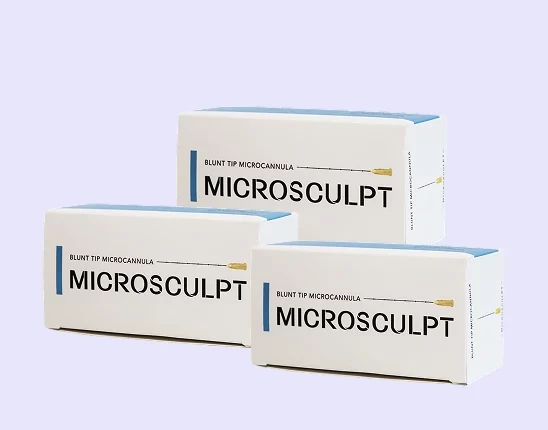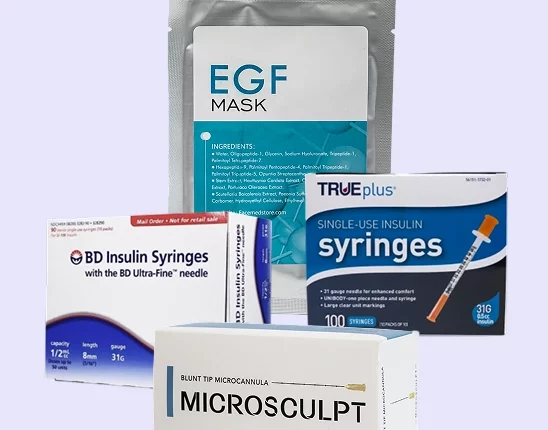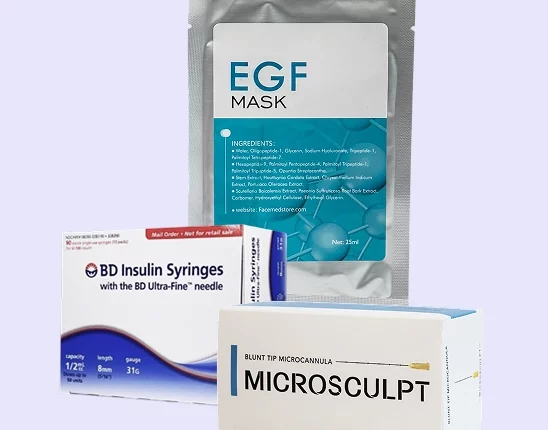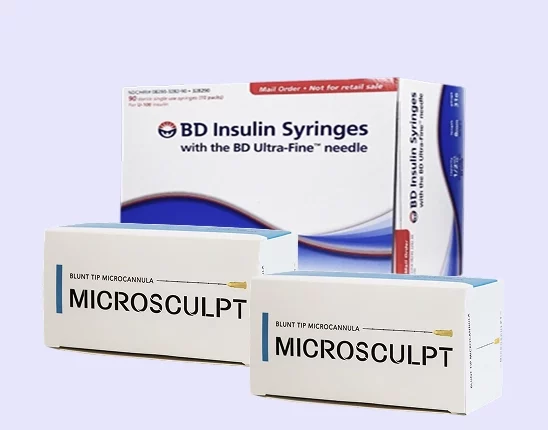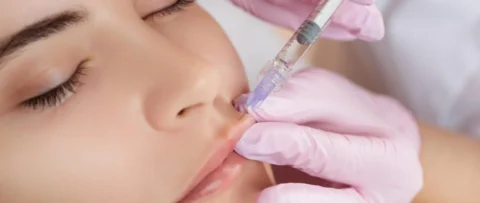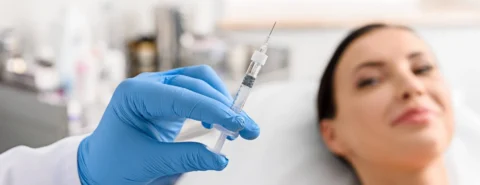While the majority of medical procedures are done with traditional sharp-tip needles, more and more cosmetic practices are switching to microcannula use. Combined with the surge of patients asking for it as an option for treatments, microcannulas are slowly but surely making their way into most medical and cosmetic practices.
So why do so many injectors still don’t have it? There are several reasons why their use is still limited, but the primary factors are practices having difficulty sourcing them; the training required to use them without any risk, and some procedures that still work better when the sharp-tip needle is used.
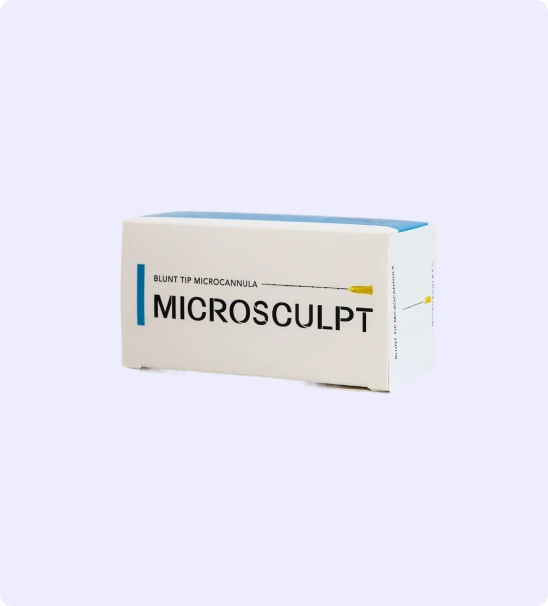
Injections Your Patients Will Love! Code “20OFF” Takes 20% off Your First Order!
Microcannulas are a tool that every great injector must master. Patients want quick results with no downtime. Our microcannulas are high quality and a fraction of the price of our competitors!
You can create an account here.
Why Microcannula Use Is Still Uncommon
Microcannulas have steadily risen in popularity as an alternative to the sharp-tip needle since it offers more flexible treatment options for injectors and patients alike. It’s especially popular with specific dermal fillers like Restylane or Juvederm, and can even work in some treatments like liposuction.
The main benefit of the microcannula is that it avoids traumatic damage to the blood vessels by pushing instead of piercing through the skin and tissue. This decreases the chances of pain, bruising, bleeding, and other similar postoperative side effects. It also makes it an excellent tool to use on delicate areas of the face like the lips, underside of the eyes, cheeks, and around the nose.
But as mentioned, three critical bottlenecks stand in the way of more injectors becoming familiar with the microcannula:
1. Lack of access to a reliable supplier
The first thing that often impedes widespread microcannula use is most injectors do not have a reliable source to get medical-grade microcannulas from. This is a significant issue since microcannulas require exact specifications for their manufacture and distribution. Any subpar microcannulas place the patient at risk for many problems before and after the procedure and can make the injector’s job that much more difficult.
Because of the ubiquity of sharp-tip hypodermic needles, suppliers may not always have the stock that practices need on demand. Even the smallest delay between shipments can be a disaster for a practice that is just starting to offer microcannula services.
2. Experience required to use microcannulas effectively
Microcannula use can differ from needle use in several key ways:
- The force required to push the blunt needle through the skin and tissue
- The detailed knowledge required to determined injection sites
- The different flow ratio of materials injected through a flexible shaft
These differences can be difficult to master without extensive use and training with the microcannula – which many practices may not have the operating budget for. This is already an added expense on top of the cost required to acquire microcannulas for use, which can severely impact a practice’s bottom line.
However, this is more or less a non-negotiable for injectors to avoid any sort of problem or litigation that may arise with the use of microcannulas. Even if using a microcannula is likely to make a patient’s procedure painless and eliminate swelling, it can still be considered as a novel medical tool that requires a fair amount of time to become proficient with.
3. Procedures that work better with sharp tip needles
Finally, despite the many advantages microcannulas have over them, there are still some medical treatments and procedures that benefit from using sharp-tip needles. Cosmetic injectables like Botox cannot be applied with microcannulas. Some types of dermal fillers designed for fine lines on the face can’t be applied with them, and sometimes patients will make the choice to opt for traditional needle treatment.
It also comes down to the patient’s own comfort and the injector’s level of experience. Even if microcannulas are available for use, an injector (especially a dermatologist) should defer to sharp-tip needles if they’re feeling unsure about how to proceed. With enough time and practice, it’s possible to combine the use of microcannulas and sharp-tip needles for much better results.
Get Medical-Grade Tools And Equipment From FACE Medical Supply
-
 Microcannula Multi-Gauge Precision Set
Microcannula Multi-Gauge Precision Set -
 Microcannula Complete Injection System
Microcannula Complete Injection System -
 Microcannula Size Progression Training Kit
Microcannula Size Progression Training Kit -
 Microcannula Professional Starter Kit
Microcannula Professional Starter Kit -
 Microcannula Volume Practice Pack
Microcannula Volume Practice Pack -
 23 gauge 50 mm (2 inch) Microcannulas
23 gauge 50 mm (2 inch) Microcannulas -
 22 Gauge 100 mm (4 inch) Microcannulas.
22 Gauge 100 mm (4 inch) Microcannulas. -
 27 Gauge 38 mm (1.5 inch) Microcannulas
27 Gauge 38 mm (1.5 inch) Microcannulas -
 25 Gauge 38 mm (1.5 inch) Microcannulas
25 Gauge 38 mm (1.5 inch) Microcannulas
While microcannula use is steadily on the rise for both cosmetic and medical procedures, dermatologists and surgeons should be careful to differentiate the circumstances that require the use of the traditional hypodermic needle. It will fall on them and their level of experience to provide their patients with the best possible outcome with their treatment, and that may not necessarily happen with microcannula use.
FACE Medical Supply has been a proud partner of many cosmetic practices and aesthetic clinics as a provider of high-quality and affordable medical supplies. As a reliable source of medical devices and tools, we also commit ourselves to provide the highest level of customer service we can offer.
For more information about our stocks and products, contact us today.
Read more: What Is The Longest Lasting Facial Filler?
